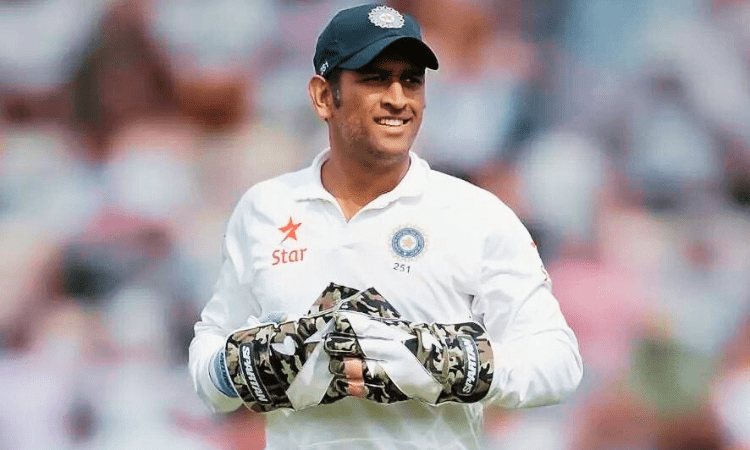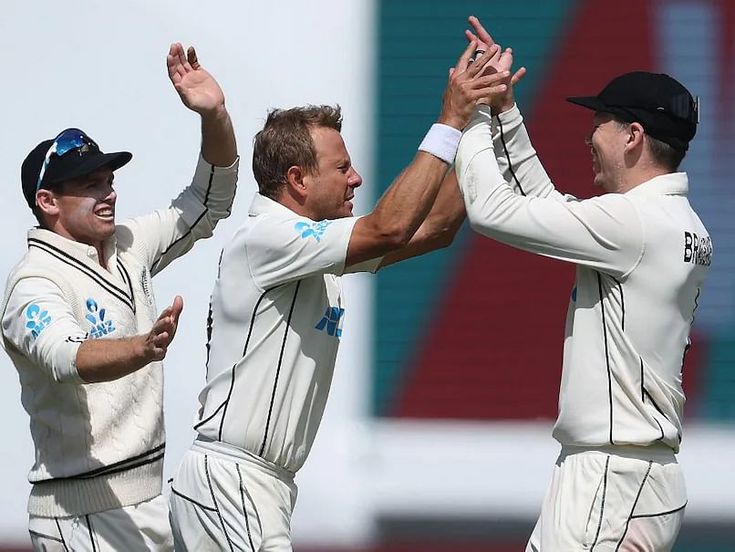How Many Over in Test Match?
In a Test match, there are typically four innings—two innings for each team. Each team gets the opportunity to bat and bowl twice. In each inning, the number of overs can vary and is determined by mutual agreement between the teams before the match or as specified by the governing cricket board. The most common number of overs in a Test match is 90 overs per day, but it can be adjusted based on factors such as weather conditions, playing conditions, and the desired duration of the match.
Understanding Overs in Cricket
In cricket, an over refers to a set of six consecutive deliveries bowled by the same bowler. Each bowler has a limited number of overs they can bowl in a match, which varies depending on the format being played.
Overs in Test Matches
In Test cricket, each team gets two innings to bat. During each innings, there is no fixed limit on the number of overs. Instead, the number of overs is determined by the playing conditions and the time available.
The Duration of a Test Match
Test matches are played over a period of five days, with each day comprising of a set number of hours of play. Typically, a Test match consists of six hours of play each day, divided into three sessions: the morning session, the afternoon session, and the evening session.

Factors Influencing the Number of Overs
Several factors influence the number of overs played in a Test match. These include:
Weather Conditions
Inclement weather, such as rain or bad light, can disrupt play and reduce the number of overs in a Test match. The playing conditions allow for additional time to make up for the lost overs, ensuring a fair contest between the teams.
Pace of Play
The pace at which the teams play also affects the number of overs. If the batting team takes longer to complete their innings, fewer overs may be bowled within the scheduled time.
Declarations
In Test matches, a team may declare their innings before all their batsmen are dismissed. This decision is often strategic, aiming to set a target for the opposing team or maximize the time available to bowl them out. Declarations can impact the number of overs played in a match.
Role of the Bowlers in Test Matches
Bowlers play a crucial role in Test matches, aiming to dismiss the batsmen and restrict the opposition’s scoring. As the number of overs is not limited in Test cricket, bowlers have more opportunities to apply their skills and tactics over extended periods. This format demands endurance, skill, and consistency from the bowlers.

Impact on the Game
The absence of a fixed limit on the number of overs in Test matches allows for intriguing shifts in the game. It provides an opportunity for teams to recover from challenging situations, build partnerships, and plan their strategies accordingly. The ebb and flow of a Test match can lead to thrilling encounters that test the mental and physical abilities of the players.
The Evolution of Test Cricket
Test cricket has evolved over the years, adapting to the changing demands and preferences of players and fans. The introduction of day-night Test matches and innovations like the World Test Championship has injected new excitement into the format, ensuring its continued relevance and appeal.
The Future of Test Cricket
Despite the rise of shorter formats like One Day Internationals (ODIs) and Twenty20 (T20) cricket, Test matches hold a special place in the hearts of cricket enthusiasts. The format continues to draw a dedicated following, and efforts are being made to enhance its popularity and accessibility. The future of Test cricket looks promising, with fans eagerly anticipating captivating contests and memorable performances.
Conclusion
In Test cricket, the number of overs is not restricted, providing an extended canvas for strategic battles and thrilling encounters. The absence of a fixed limit allows teams to showcase their skills, endure challenges, and make calculated decisions. Test matches continue to captivate cricket lovers worldwide with their rich history, tradition, and ability to produce epic performances.
FAQs
Q1: Is there a limit to the number of overs in a Test match?
No, there is no fixed limit on the number of overs in a Test match. The duration and number of overs are determined by the playing conditions and time available.
Q2: Can a bowler bowl more than one over in a row?
Yes, a bowler can bowl multiple overs in a row. However, they must abide by the rules and regulations of the game, including not exceeding their maximum allowed overs.
Q3: Can a Test match end in a draw?
Yes, if the allotted time for the Test match elapses, and neither team achieves victory or a result, the match is declared a draw.
Q4: How long does a Test match last?
A Test match lasts for five days, with each day consisting of a set number of hours of play.
Q5: How many overs are typically bowled in a day of Test cricket?
The number of overs bowled in a day of Test cricket can vary depending on several factors. On average, between 90 to 100 overs are bowled in a day.





